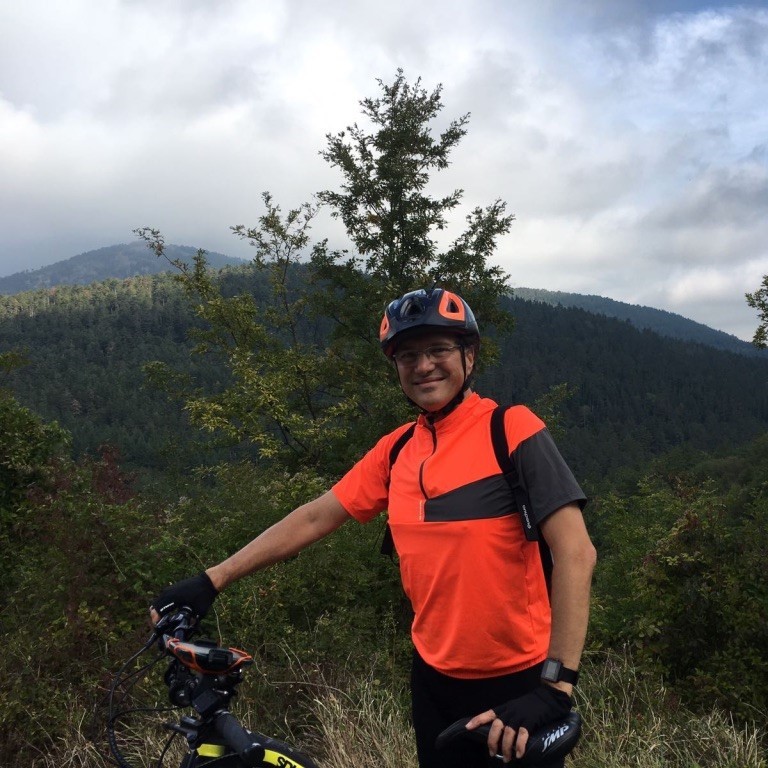Francesco Pavone
University of Florence, ItalyFor outstanding contributions to biomedical optics and biophotonics in developing new techniques highlighting morpho-functional properties of molecules, cells and tissues with imaging, optical manipulation and spectroscopic approaches.

When asked for one word that would describes his work, Francesco Pavone says “interdisciplinary.” Before the year 2000, Francesco worked in atomic physics. He liked the work but decided that he wanted to work with others in different fields to solve problems. So, he moved to biophotonics/biophysics. He brought along a passion for precision measurements and picked up the rest of the knowledge he needed along the way. In biophotonics, he says, he gets to work with biologists, physics, mathematicians, doctors, computer scientists, and the list continues to grow. Currently, his group is only about 30% physicists. “Everyone brings their own knowledge,” he notes. One of the challenges is to find common language and methodology. He says the most exciting part about this research is that he gets to create a team and blend different cultures.
Currently, his groups is working in biomedical imaging. He says that the important part of the research is to “develop technology for a medical problem and not just to develop the technology.” In biomedical imaging, they are using microscopy techniques and research to make technology that can be used by non-biologists. He says that this field of work is always changing and advises others not to “program or calculate the future” and to “follow their passions.” Francesco says that dedication helps you to overcome obstacles and notes that it is “something you construct and build upon every day.” Above all, you have to “believe in yourself and what you’re doing” in order to be successful.
Originally, Francesco wanted to be an architect. He was interested in art, design, and fashion. After a conversation with a neighbor who was already an architect, he discovered it was a crowded and competitive field. His neighbor advised him that it would be difficult to find work in this field. When Francesco went to university, he chose physics by chance. This was a big risk that, luckily for him, turned out quite well.
Francesco says that every day in his career is a turning point. However, he notes his decision to move from atomic physics to biophotonics was a major shift in his career. In 1997, he was a post-doc working with Claude Cohen-Tannoudji at Ecole Normal Supérieure in Paris. In this year, Cohen-Tannoudji was awarded the Nobel Prize in Physics. Due to proximity, Francesco was the first to find out. Although the Ecole Normal Supérieure was one of the best places to do research and Francesco was working with a Nobel Laureate, it was not the right situation for him. He craved the interdisciplinary nature of science and he didn’t find that in atomic physics. He recognizes that he was very fortunate to have such a wonderful post-doc experience with international recognition for his work. Still, he knew it was not the path for him and left everything behind to move to biophotonics. This was a huge risk and he gave up 1-2 year of publishing, but he says “risk is necessary” and he is happy with his choice today.
Francesco credits Prof. Massimo Inguscio, current president of the Italian Research Council, as a mentor and notes that when he was looking to change field, Prof. Inguscio said to him, “If you think this is right, do it.” Francesco says that a mentor is like a bow—the mentor “should launch the arrow.” Prof. Inguscio “taught him to love research and physics, to go for the best, and have a lot of passion.” In looking for a mentor, Francesco says that mentors are “difficult to find, should have the qualities of a good parent, and are often just a matter of luck.” In the end, he says, “Life is a mystery. People come into your life at the right time.”
Profile written by Jeanette Gass
